Astronomy Club Profile - Northern Virginia Astronomy Club (NOVAC)
September 23, 2016Discuss this article in the forums
Summary
Rob McKinney of the Northern Virginia Astronomy Club (NOVAC) was kind enough to tell us more about this long-operating astronomy association based near Washington, D.C. Here are Rob's responses to questions posed by AstronomyConnect.com about NOVAC, which has been described as one of the nation's premier astronomy clubs.
1. When did your astronomy club get started?
NOVAC was founded in 1980 by a group of fellows from Arlington, VA. It had a relationship with the planetarium in that suburb of Washington, D.C. that extended to the early 2000s to include a financial and outreach effort to save the planetarium! At about the same time (in the early "Oughts"), NOVAC developed and grew a collaboration with the George Mason University (GMU) as its host, and contributed to that institution's observatory. In 1992 the club received tax-exempt status from the IRS and it was in the mid-90s that its membership began to skyrocket. The northern Virginia area is pretty affluent, so although our skies aren't the best, many residents could afford telescopes!
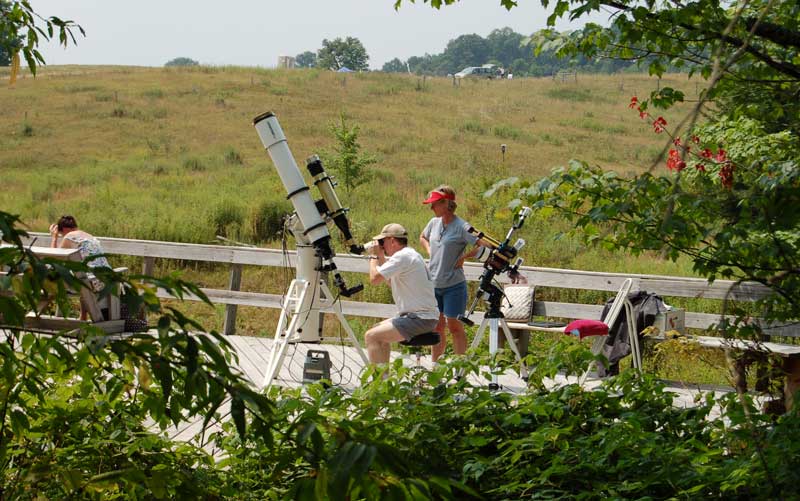 Fig. 1 - NOVAC members hold multiple public astronomy events throughout the year. Image credit: NOVAC
Fig. 1 - NOVAC members hold multiple public astronomy events throughout the year. Image credit: NOVAC2. What's the mission/purpose of your club?
"To observe and to help others observe." Despite the light pollution in the area we have very active observers among our membership. They either travel to better locales, do the best they can peering between trees in their neighborhoods, or use astrophotography techniques to see deeper into the night sky. And our outreach is really fantastic, ranging from sidewalk events or longstanding observing programs with area parks, to sponsoring scholarships as part of judging at science fairs.
3. Do you have regular events or meetings?
The club meets monthly. Our meetings feature speakers from academia, the area's government and science agencies, as well as talks from our own membership. We're lucky in that we get early and in-depth talks about new discoveries, such as the recent images of Pluto, and we have the member resources to teach each other on a variety of observing topics such as sketching sunspots or processing digital photos.
4. How many members does your club have?
For the past decade or more we've hovered around 800 households. Some of these have family memberships, so we generally tout ourselves as having about 1,000 members. We claim to be the largest astronomy club in the known universe!
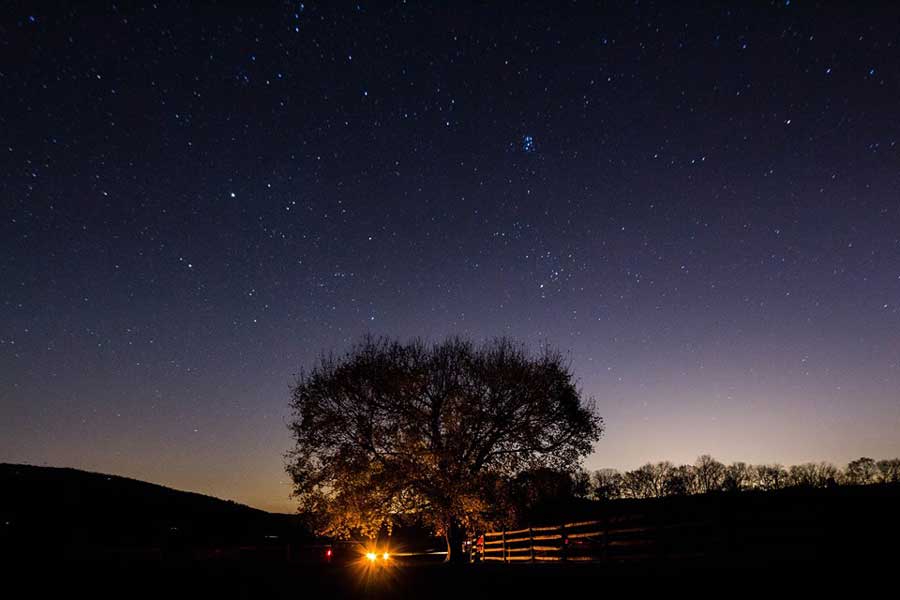 Fig. 2 -- Despite the club's location in the Washington, D.C. metropolitan area, NOVAC members have access to a number of dark-sky sites within an hour's drive of the nation's capital. Image credit: Alvin Manalo/NOVAC.
Fig. 2 -- Despite the club's location in the Washington, D.C. metropolitan area, NOVAC members have access to a number of dark-sky sites within an hour's drive of the nation's capital. Image credit: Alvin Manalo/NOVAC.5. What is different about your club? What distinguishes it from other clubs?
Certainly the wealth of expertise we can draw from is a singular feature of NOVAC. NASA, the JPL Ambassador program, local colleges (to include Maryland), the collaboration with our GMU host, all this and more means we can offer a wide-ranging array of talks at outreach events, star parties, monthly meetings, and more. Along with that I'd have to brag on the sheer perseverance of our members in pursuing their passion for astronomy. The Washington, D.C. and northern Virginia area offers challenges in traffic, time, and distance, not to mention light pollution when it comes to observing, but NOVAC members just take it in stride.
6. What kind of public outreach activities are you involved in?
NOVAC hosts two annual events for public observing. Astronomy Day, of course, usually sees about 100 telescopes on the observing field at a state park, and our StarGaze is likewise well attended by the public... hundreds and hundreds turn out to peek through the scopes. Our meetings are open to the public and we generally see new faces every month, many who later join the club. And we support area programs such as the observing event on the National Mall, along with school programs and Scout programs pretty much whenever they request our involvement!
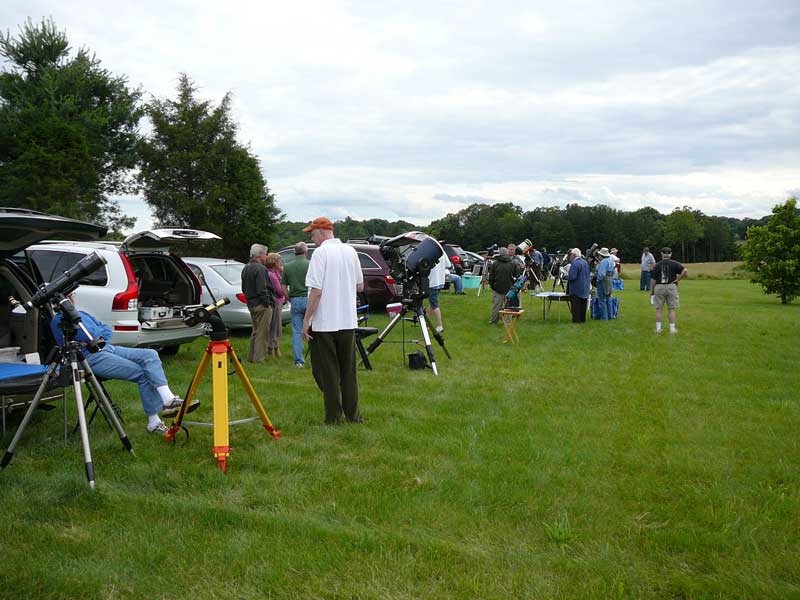 Fig. 3 -- NOVAC members set up their telescopes for a public outreach event. Image credit: NOVAC.
Fig. 3 -- NOVAC members set up their telescopes for a public outreach event. Image credit: NOVAC.7. Do you also organize any major 'star parties'?
We consider Astronomy Day and the StarGaze as star parties. Those include many evening/dusk activities and a few guest speakers under the tents (which we go on with rain or shine). Our biggest, true star party is the annual Almost Heaven Star Party. We're in our 12th year of venturing out where the skies are really dark. No, really! We go just over the border into West Virginia onto the flanks of Spruce Knob (the highest point in the mid-Atlantic!) and run an event with talks, demos, and just about the best observing to be had from the Carolinas to New York! Our partnership with The Mountain Institute allows us to host almost 200 amateur astronomers each year, from newbies to very experienced observers, and we've had people attend from across the country and overseas.
Do you have a dedicated observatory or viewing locations?
Along with limited opportunities at The Mountain Institute, NOVAC has observing agreements with about a half dozen sites, and many of the state parks, in several of the northern Virginia counties that comprise our "area." Most of these are open to members anytime, some arrangements are two-week windows around the New Moon dates, and all are a bit of a drive from the 'burbs... and worth it! While NOVAC doesn't have a dedicated observatory, we've helped with the observatory project via the Analemma Society's equipment and for years we've been deploying, fixing, upgrading, deploying, taking online, moving, fixing and deploying a robotic observatory!
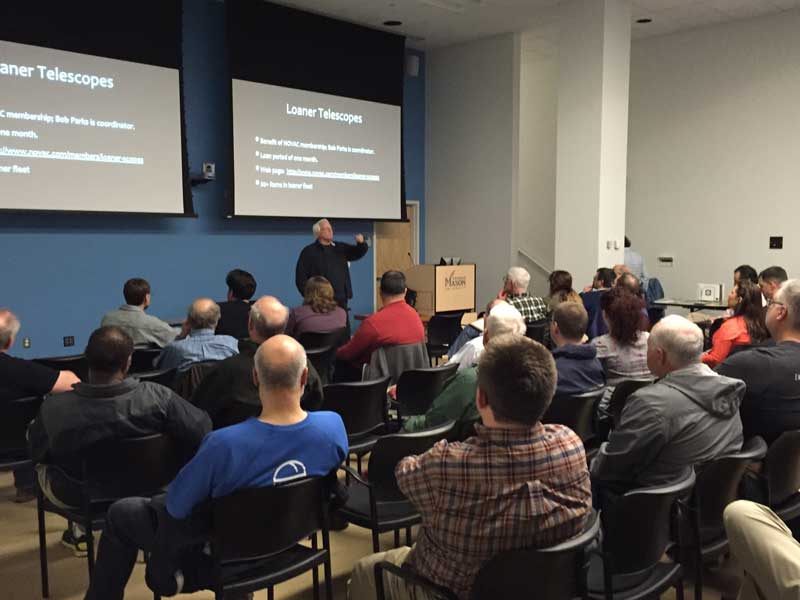 Fig. 4 -- The club holds monthly meetings at George Mason University. Image credit: NOVAC.
Fig. 4 -- The club holds monthly meetings at George Mason University. Image credit: NOVAC.8. Can you describe a memorable experience at an outreach event?
Personally, one that stands out for me was a monthly outreach in 2003 at a park out to the southwest of NOVAC's center of operations at George Mason University. I had pointed out the North Star to a group lined up on either side of me, then had them face South to show them that night's sights along the ecliptic. In the middle of having them do my "astronomy yoga" where we bend and twist, arms out, to trace the path of the ecliptic, someone asked, "What's those lights back there?" Initially I wondered why they weren't paying attention. When I turned around I wondered, with dismay, if an auto dealership or new shopping area had opened up to the North. Nope. It was the Northern Lights, which are a rare sight this far south! It showed me that observing is full of surprises and that it always pays to be looking up and looking around, regardless of where your scope is pointed.
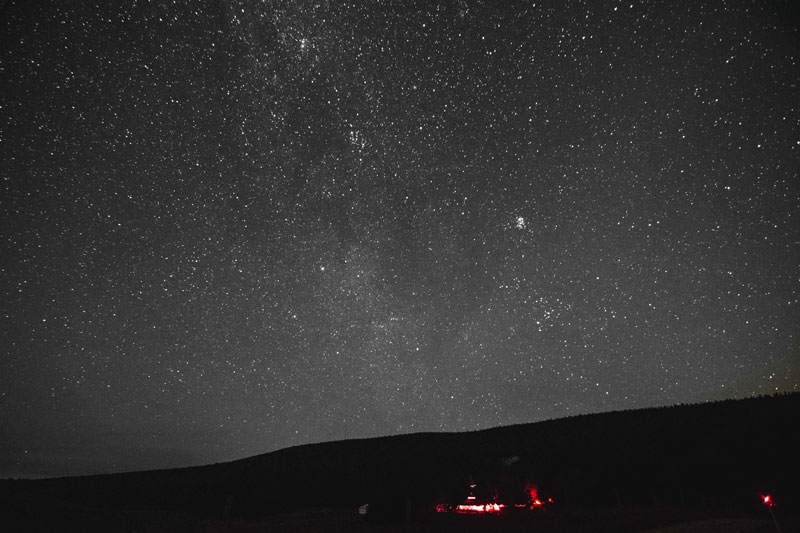 Fig. 5 -- NOVAC members organize the annual Almost Heaven Star Party in West Virginia each summer. The location at an altitude of 4,100 feet enjoys some of the darkest skies in the eastern United States. Image credit: Brian Ventrudo/NOVAC.
Fig. 5 -- NOVAC members organize the annual Almost Heaven Star Party in West Virginia each summer. The location at an altitude of 4,100 feet enjoys some of the darkest skies in the eastern United States. Image credit: Brian Ventrudo/NOVAC.9. Any suggestions or tips on how to get people interested in astronomy?
Stay current on new discoveries, new controversies, answer every question seriously, don't get bogged down in the complexities of "gear", and once in a while, get down on your knee with a 6-year old and see the sky alongside them... it'll captivate both of you to share what you see from that level and may be the spark that ignites their passion for life.
***
This article is © AstronomyConnect 2016. All rights reserved. Images © Northern Virginia Astronomy Club 2016.
Please login or register to watch, comment, or like this article.
Dismiss Notice
New Cookie Policy
On May 24, 2018, we published revised versions of our Terms and Rules and Cookie Policy. Your use of AstronomyConnect.com’s services is subject to these revised terms.

